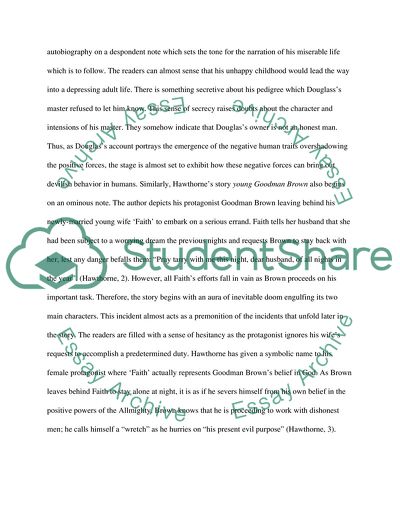Cite this document
(“Frederick Douglasss Narrative of the Life of Frederick Douglass Essay”, n.d.)
Frederick Douglasss Narrative of the Life of Frederick Douglass Essay. Retrieved from https://studentshare.org/literature/1587045-critical-essay
Frederick Douglasss Narrative of the Life of Frederick Douglass Essay. Retrieved from https://studentshare.org/literature/1587045-critical-essay
(Frederick Douglasss Narrative of the Life of Frederick Douglass Essay)
Frederick Douglasss Narrative of the Life of Frederick Douglass Essay. https://studentshare.org/literature/1587045-critical-essay.
Frederick Douglasss Narrative of the Life of Frederick Douglass Essay. https://studentshare.org/literature/1587045-critical-essay.
“Frederick Douglasss Narrative of the Life of Frederick Douglass Essay”, n.d. https://studentshare.org/literature/1587045-critical-essay.


